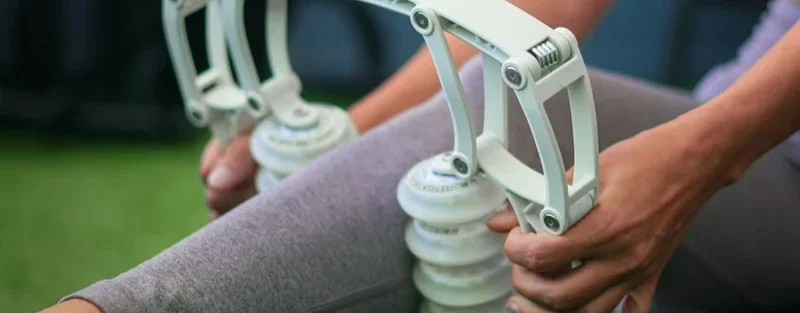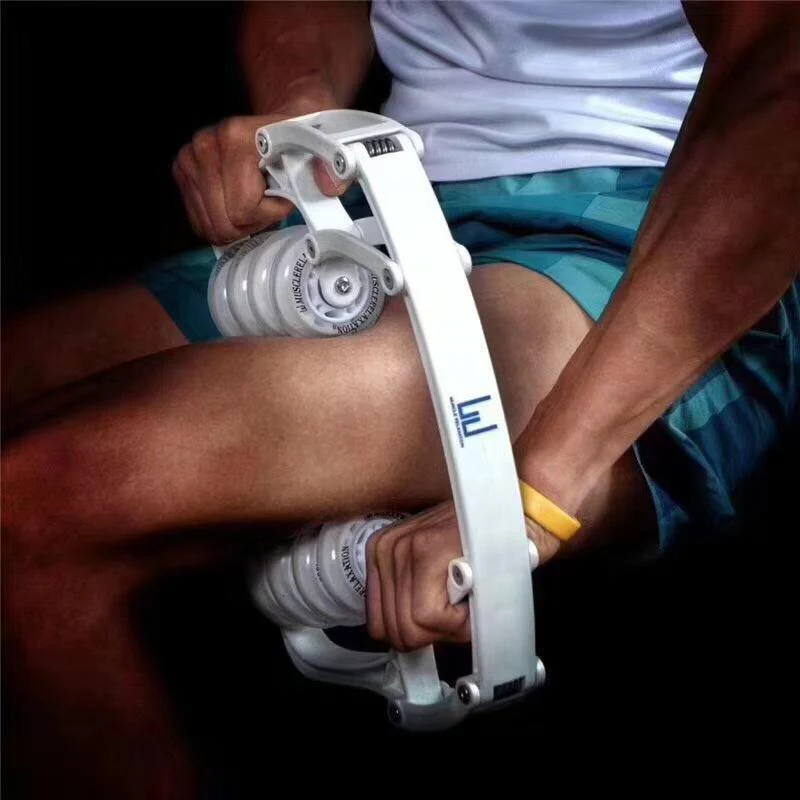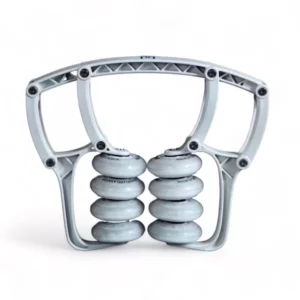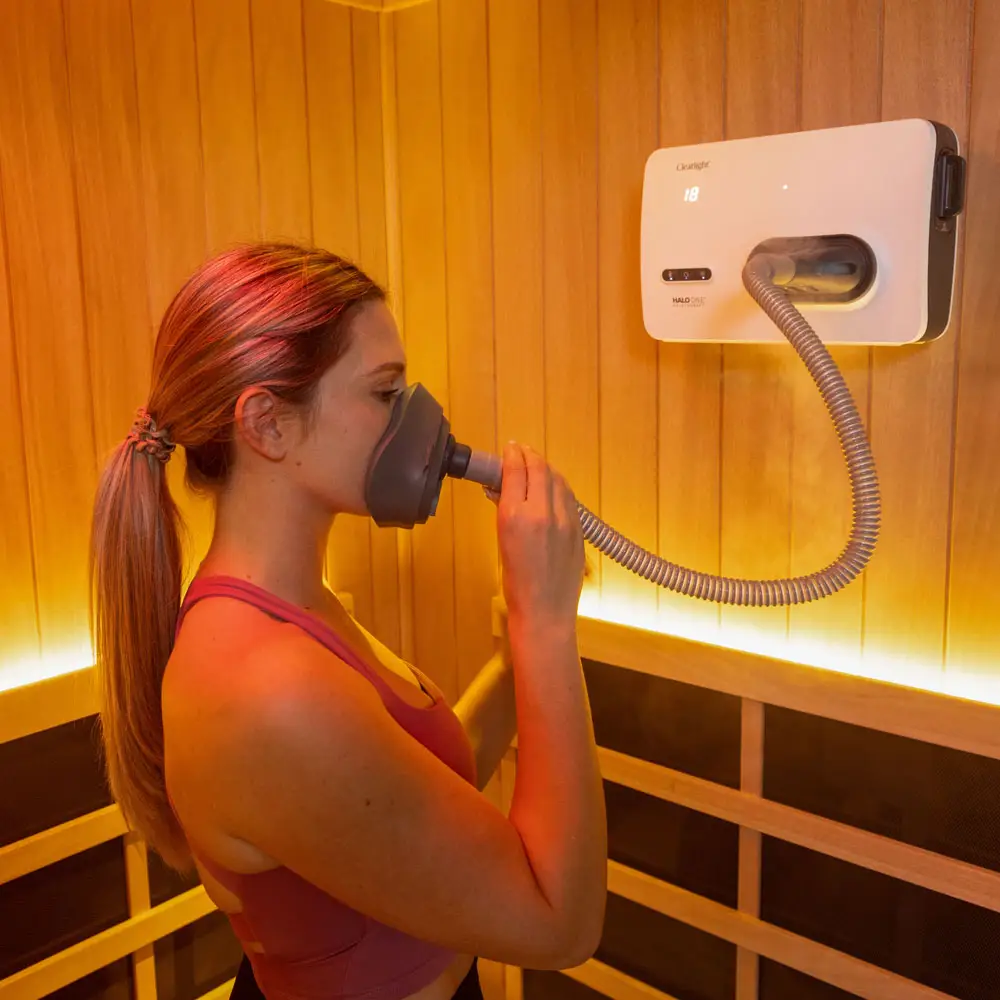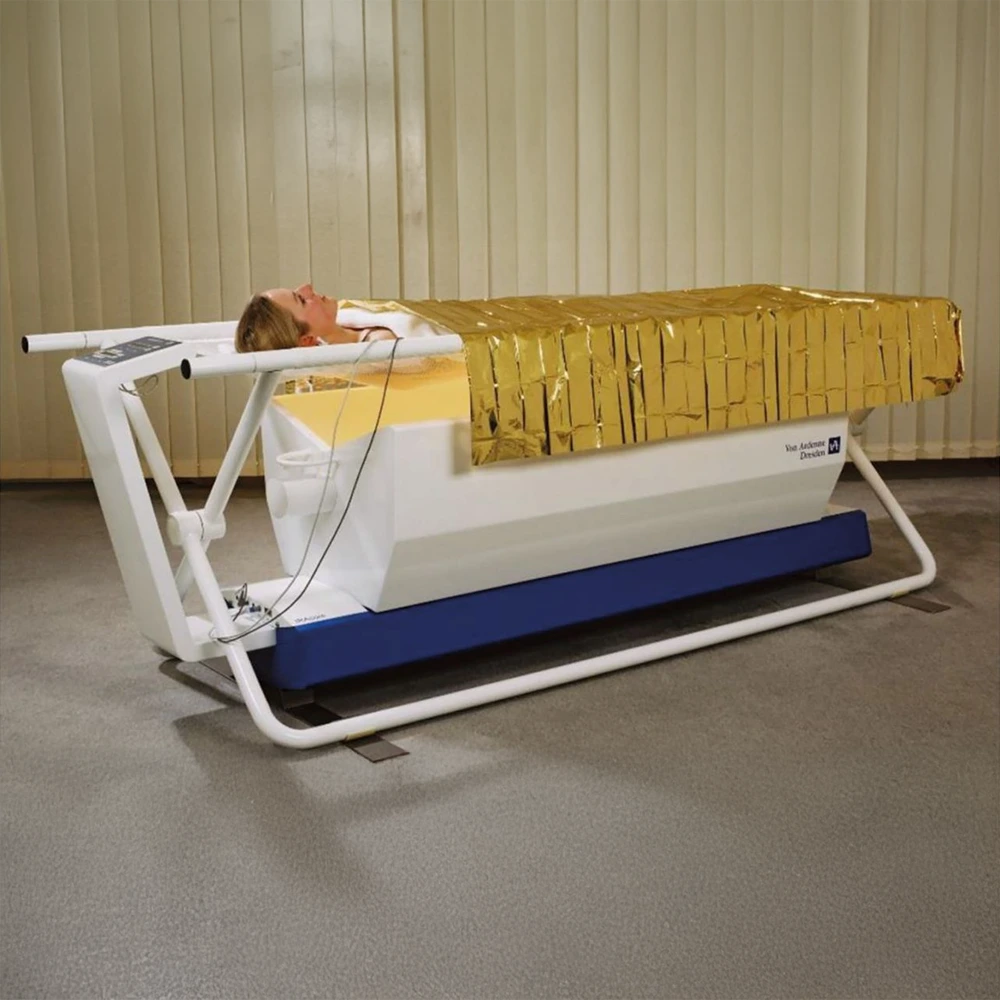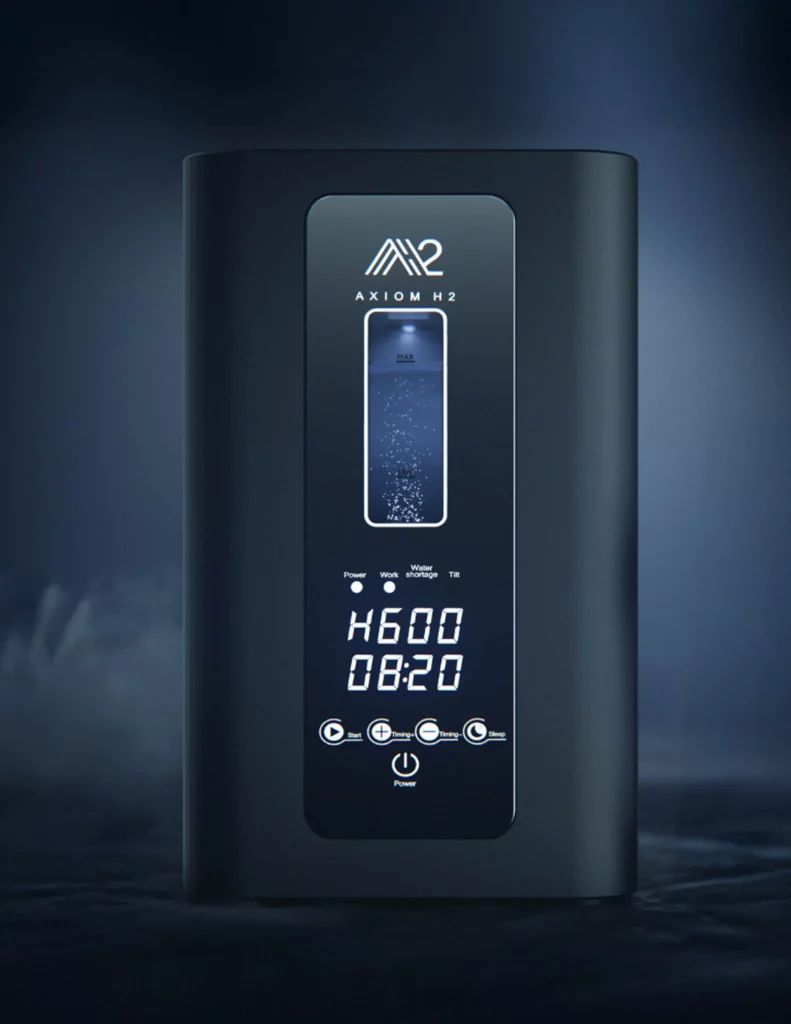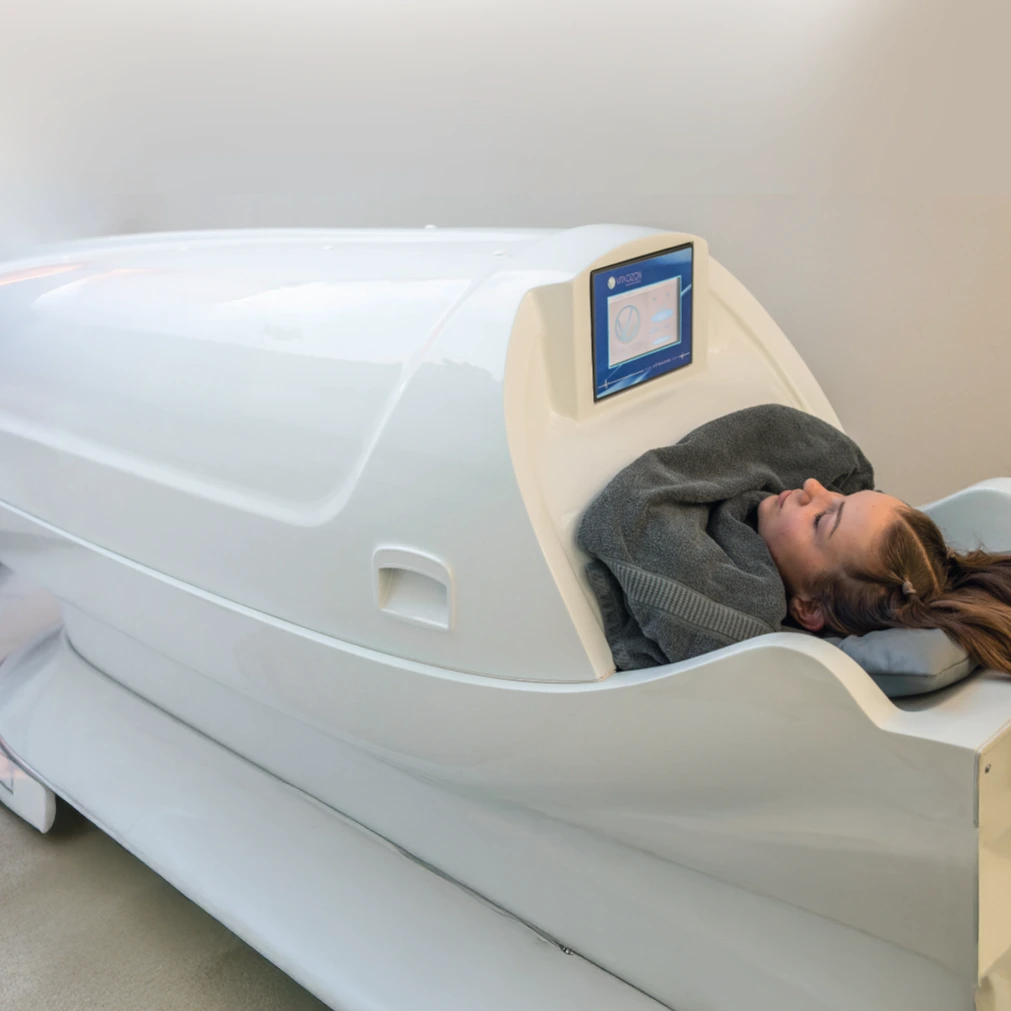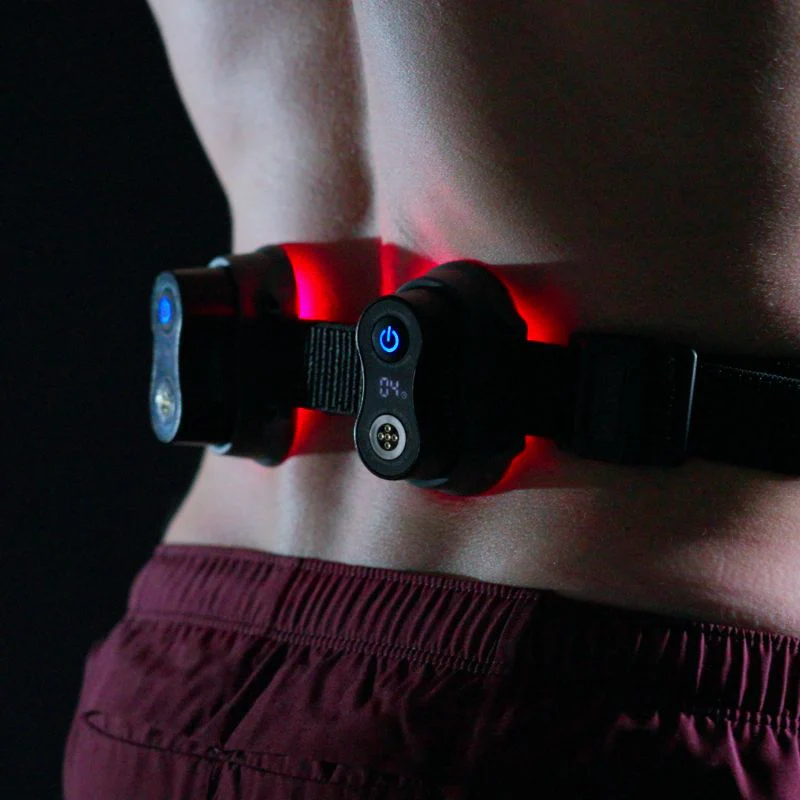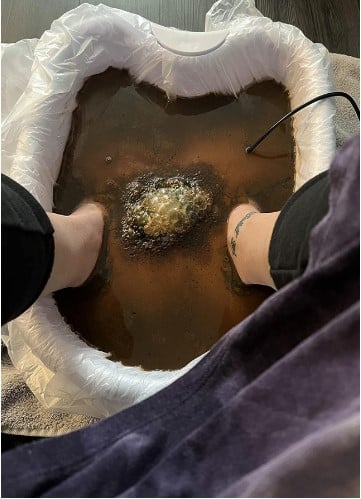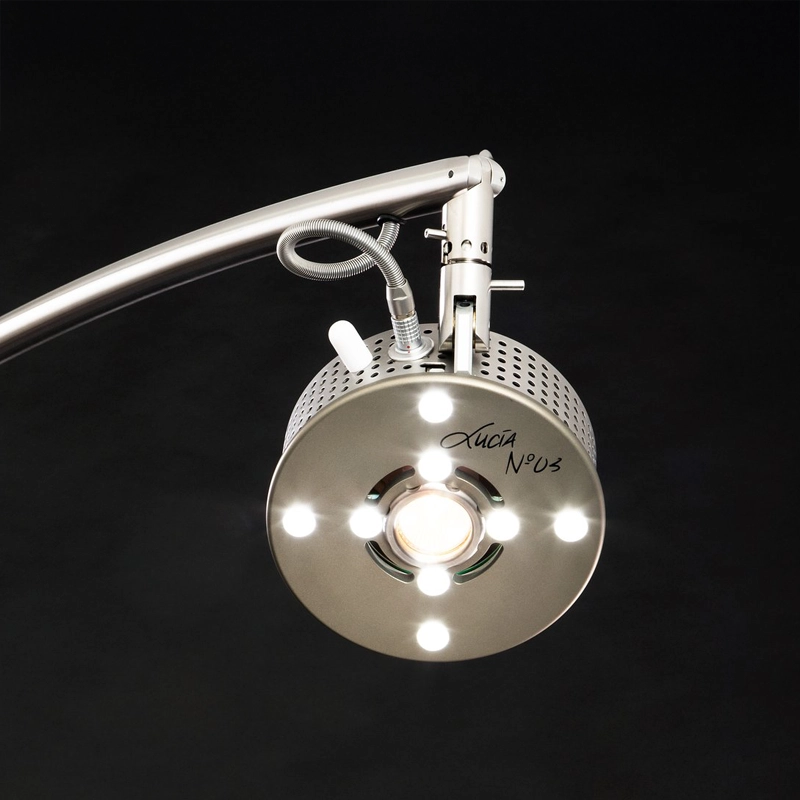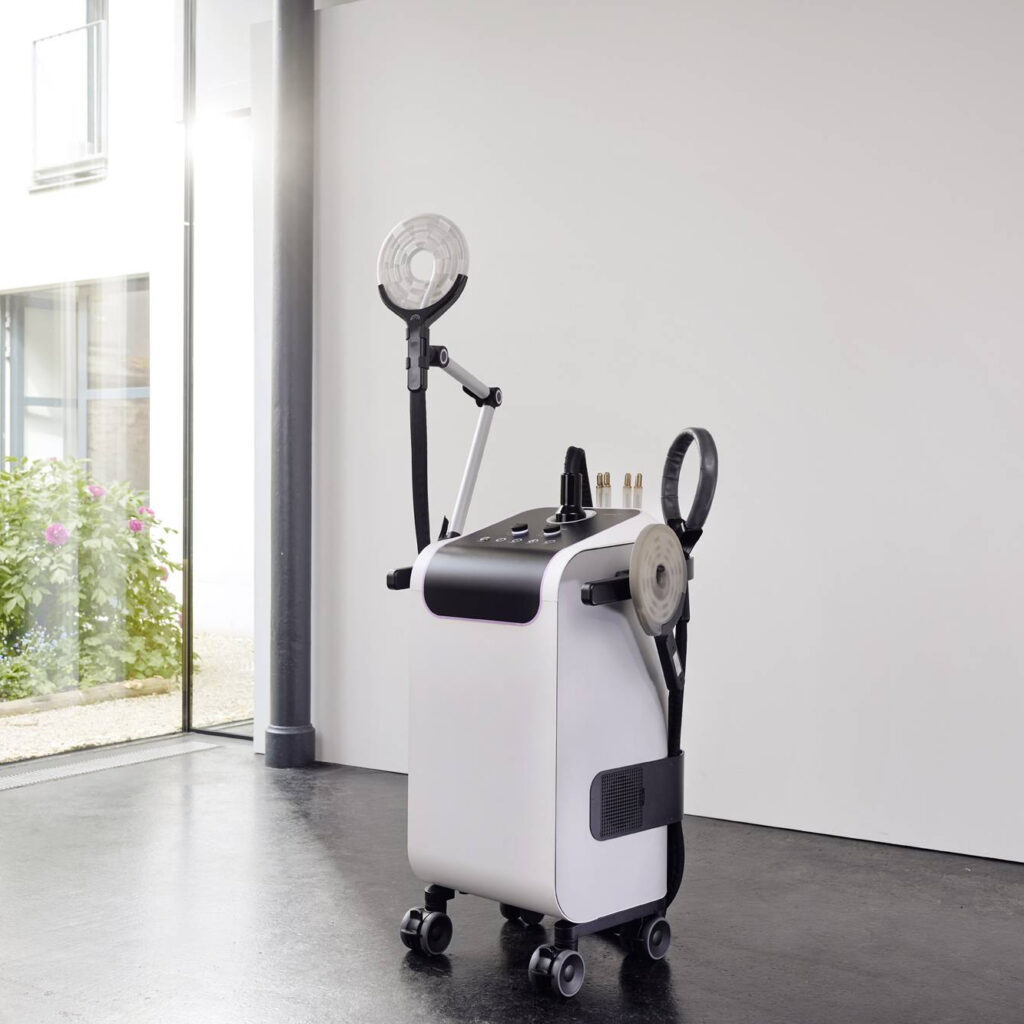Are you unsure whether a deep tissue or sports massage is right for you? With so many different types of massage therapy available, it can be challenging to determine which one will best address your specific needs and goals. In this article, we’ll delve into the What is the difference between sports massage and deep tissue, helping you make an informed decision about which is ideal for you.
Whether you’re an athlete seeking to enhance performance and speed up recovery or simply looking for relaxation and pain relief, understanding the unique benefits and techniques of each type of massage can guide you towards the most suitable option for your individual requirements
What is a Sports Massage?
A sports massage is a specialized form of massage therapy that focuses on specific areas of the body to treat sports-related injuries or concerns. It is designed to aid recovery, reduce the risk of recurrence, and enhance athletic performance.
Sports massage techniques are used to loosen muscle knots, improve blood flow, and prevent lactic acid buildup, making it particularly beneficial for athletes and individuals with active lifestyles. It can be applied in a sporting and non-sporting context and involves a wide range of techniques such as effleurage, kneading, wringing, hacking, and trigger pointing.
Sports massage has three basic forms: pre-event massage, post-event massage, and maintenance massage. It is effective in reducing delayed onset muscle soreness (DOMS), decreasing pain, increasing flexibility in soft tissues, assisting in the recovery process after an injury, maximizing performance, and preventing injury.
While sports massage is most commonly used to aid the preparation, recovery, and rehabilitation of professional athletes, it is also beneficial for amateur athletes and anyone participating in physical activity. Sports massage therapists are qualified to identify any abnormalities in the muscle tissues and pre-empt injuries before they become an issue.
Benefits of a sports massage
- Sports massage can help increase range of motion by relaxing tight muscles, enabling them to stretch farther and more comfortably. It can also reduce muscle pain and soreness by breaking up lactic acid buildup in the muscles, reducing delayed onset muscle soreness (DOMS) after exercise.
- Massage can improve performance by increasing mitochondria levels in muscles, boosting the rate at which they convert oxygen into ATP for energy production.
- Sports massage helps prevent injuries by loosening muscles before training and relaxing them after, preventing strains, sprains, and trigger points that can lead to injury.
- Massage promotes relaxation, improved sleep quality, and reduced anxiety, which are important for athletic performance and overall wellness, can also increase endurance by aiding circulation and lymph flow, helping you exercise more efficiently and helps with healing after sports injuries by increasing blood flow to affected areas, speeding up the recovery process.
- Overall, sports massage provides both physical and mental benefits that can enhance athletic performance, prevent injuries, and speed recovery. It’s not just for professional athletes but anyone who exercises regularly.
What’s a deep tissue massage?
A deep tissue massage is a therapeutic massage that targets the deeper layers of muscle tissue to relieve chronic pain and tension. It involves applying firm pressure and slow strokes to break up scar tissue, adhesions, and knots in the muscles, which can cause discomfort and limit range of motion.
The massage therapist uses techniques such as cross-fiber friction, active release tension, and myofascial release to target the deeper layers of muscle tissue and improve circulation and lymph flow. This form of massage is particularly beneficial for individuals with chronic pain, muscle tension, and scar tissue, and can help improve posture, reduce stress, and promote overall well-being
Benefits of a deep tissue massage?
A deep tissue massage offers numerous benefits, including:
- Reduces inflammation by breaking up adhesions and knots in the muscle, which can cause pain and discomfort.
- Improves posture by addressing underlying tension and muscle imbalances, reducing pain and discomfort caused by poor posture.
- Releases chronic muscle pain by targeting the deeper layers of muscle and connective tissue, releasing built-up tension and reducing inflammation.
- Breaks up scar tissue, allowing for improved mobility and reduced pain, especially in areas affected by injury or surgery.
- Increases joint flexibility and range of motion by targeting knots and adhesions in the deeper muscle, reducing chronic pain and improving circulation.
- Reduces stress by releasing tension in the deeper layers of muscle, promoting relaxation and overall well-being.
- Reduces headaches by targeting tension in the muscles and tissues of the head, neck, and shoulders, releasing pressure and tension.
- Boosts feel-good hormones like dopamine, serotonin, and endorphins, ensuring a sense of relaxation and well-being.
- Promotes overall well-being by releasing muscle tension, improving circulation, and promoting relaxation.
- These benefits make deep tissue massage a valuable tool for managing chronic pain, improving posture, and enhancing overall well-being.
What is the difference between sports massage and deep tissue?
- The difference between sports massage and deep tissue massage lies in their focus, techniques, and applications. Sports massage is primarily used for athletes or individuals who engage in regular physical activity to prevent and relieve sports-related injuries.
- It involves a targeted approach focusing on specific areas of the body that need healing or relief. Sports massage therapists are trained to treat injuries experienced by athletes, such as hamstring strains or shin splints.
- Deep tissue massage, on the other hand, is used to treat muscular issues through strains or sports injuries. It involves applying sustained pressure using slow, deep strokes to target the deeper layers of muscles and connective tissues. Deep tissue massage is often used to break down scar tissue formed from previous injuries and reduce muscle tension.
Key differences between sports massage and deep tissue massage include:
- Focus:
Sports Massage: Focuses on preventing and relieving sports-related injuries, targeting specific areas of the body.
Deep Tissue Massage: Focuses on treating muscular issues through strains or sports injuries, targeting deeper layers of muscles and connective tissues. - Techniques:
Sports Massage: Incorporates various techniques such as soft tissue massage, deep tissue massage, and whole-body massage along with physiotherapy techniques.
Deep Tissue Massage: Uses slow, deep strokes to target deeper layers of muscles and connective tissues. - Applications:
Sports Massage: Often used by athletes or individuals who engage in regular physical activity to improve recovery and prevent injuries.
Deep Tissue Massage: Suitable for individuals with muscle pain, soreness, or fatigue, and those seeking general relief from muscular tension. - Environment:
Sports Massage: Typically performed in a more dynamic environment, focusing on relieving pain and improving performance.
Deep Tissue Massage: Often performed in a more relaxing environment, focusing on relieving muscle tension and promoting overall well-being.
When to use deep tissue or sports massage therapy
When deciding between deep tissue and sports massage therapy, consider the following factors:
- Purpose:
Deep Tissue Massage: Focuses on relieving muscle tension, reducing stress, working knots, reducing muscle stiffness, and increasing circulation. It is often used for general relief from muscular pain and mental stress.
Sports Massage: Focuses on treating minor and chronic injuries, improving posture, and conditioning the body for athletic performance. It is specifically designed for athletes or individuals who engage in regular physical activity. - Techniques:
Deep Tissue Massage: Uses slow, deep strokes to target deeper layers of muscles and connective tissues.
Sports Massage: Incorporates various techniques such as soft tissue massage, deep tissue massage, and whole-body massage along with physiotherapy techniques to assist in recovery and rehabilitation. - Goals:
Deep Tissue Massage: Suitable for individuals seeking general relief from muscular pain and mental stress.
Sports Massage: Suitable for athletes or individuals who engage in regular physical activity and are prone to sport-related injury. - Intensity:
Deep Tissue Massage: Can be intense and may not be suitable for everyone.
Sports Massage: Can be tailored to the individual’s needs and intensity level. - Timing:
Deep Tissue Massage: Can be performed at any time, but mornings are often recommended for optimal relaxation.
Sports Massage: Typically performed before or after physical activity to aid in recovery and performance. - Personal Lifestyle:
Deep Tissue Massage: Suitable for anyone seeking relief from muscular pain and mental stress.
Sports Massage: Suitable for athletes or individuals who engage in regular physical activity. - Specific Needs:
Deep Tissue Massage: Better for treating muscle pain, soreness, or fatigue.
Sports Massage: Better for treating sport-specific injuries such as hamstring strains or shin splints.
Deep tissue massage is suitable for general relief from muscular pain and mental stress, while sports massage is designed for athletes or individuals who engage in regular physical activity to aid in recovery and performance.
Is sports massage only for athletes?
No, sports massage is not only for athletes. While it originated as a technique to help athletes condition their bodies and enhance high performance, it can also be used by individuals who engage in regular physical activity to prevent and heal muscular injuries. Sports massage can be beneficial for anyone who exercises, whether they are professional athletes or simply individuals with a regular exercise routine.
Do techniques used differ between a deep tissue and sports massage?
Yes, the techniques used in deep tissue and sports massage differ to some extent:
Deep Tissue Massage: Uses slow, deep strokes to target the deeper layers of muscles and connective tissues. Techniques include sustained pressure, cross-fiber friction, and trigger point therapy to break up adhesions and scar tissue.
Sports Massage: Incorporates a wider range of techniques such as soft tissue massage, deep tissue massage, and whole-body massage along with physiotherapy techniques to assist in recovery and rehabilitation. Techniques are tailored to the specific sport and injury.
So, Which Massage Is Better?
The choice between deep tissue and sports massage depends on your specific needs and goals. Here are some key differences to consider:
Deep Tissue Massage:
- Focuses on relieving muscle tension, reducing stress, and increasing circulation.
- Targets deeper layers of muscles and connective tissues.
- Suitable for anyone seeking pain relief, relaxation, and overall well-being.
- Can be intense and may cause temporary discomfort.
- Best for morning sessions to kickstart the day.
Sports Massage:
- Designed for athletes to improve performance, prevent injuries, and recover faster from strenuous activities.
- Combines techniques like Swedish, deep tissue, and trigger point therapy.
- Targets sport-specific areas to enhance flexibility, reduce muscle tension, and improve circulation.
- Suitable for athletes or individuals who engage in regular physical activity.
- Best for before or after physical activity to aid in recovery and performance.
Deep tissue massage is ideal for general relaxation and pain relief, while sports massage is specifically designed for athletes or individuals who engage in regular physical activity to aid in recovery and performance.
The Restore Deep Tissue Massage Tool provides a convenient and effective way to perform deep tissue massage at home.
Conclusion
In conclusion, both deep tissue and sports massage offer unique benefits and can be valuable tools for achieving relaxation, pain relief, and improved physical performance.
By understanding What is the difference between sports massage and deep tissue?, you can make an informed decision about which one is best for your specific needs and goals. Whether you’re an athlete seeking to enhance performance and speed up recovery or simply looking for relaxation and pain relief, incorporating massage therapy into your routine can have a profound impact on your overall well-being.
FAQ
Q: How often should I get a deep tissue or sports massage?
A: The frequency of massage depends on your individual needs and goals. For deep tissue massage, once a month is a common recommendation for general relaxation and pain relief. For athletes, sports massage is often performed before and after major events or competitions, with regular sessions scheduled throughout the training season.
Q: Can I perform deep tissue massage on myself at home?
A: Yes, there are tools available that can help you perform deep tissue massage on yourself at home. The Restore Deep Tissue Massage Tool is designed to be used in various positions, including sitting, standing, or laying down, making it a versatile option for self-massage and recovery.

